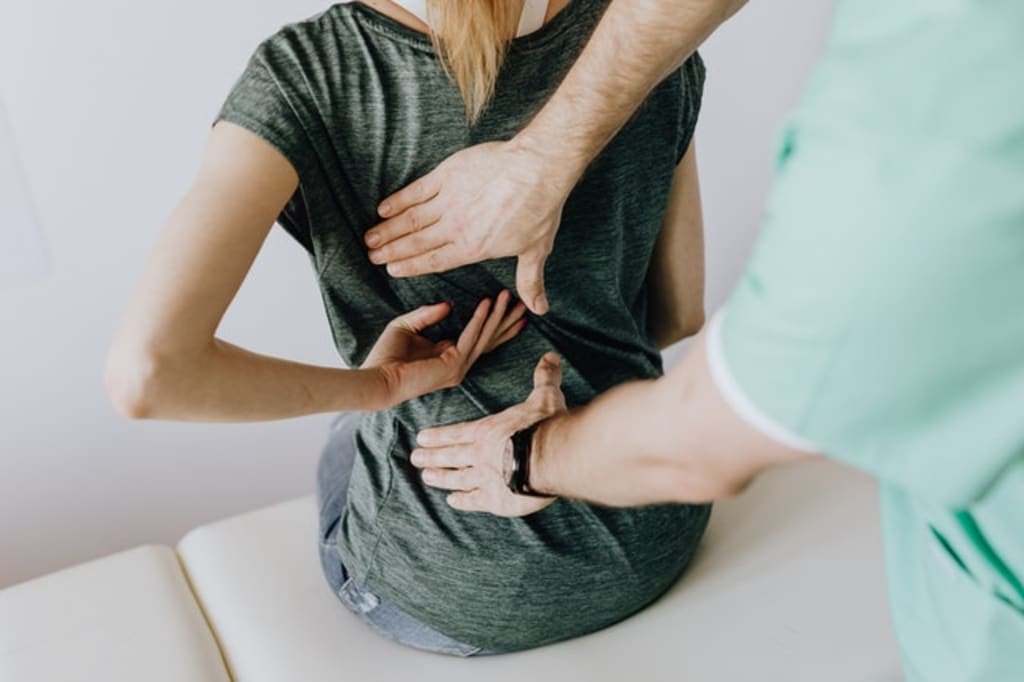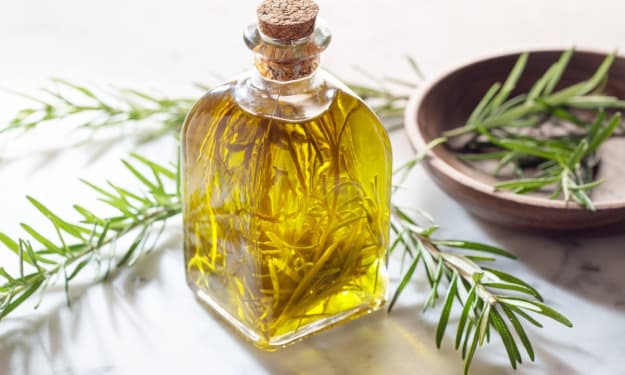7 Ways to Joint Pain Relief
Sports-related activities, also as fall and other trauma, can injure the cartilage within a joint and, if it's not provided sufficient time to heal, chronic pain and protracted disability can follow.

These activities and incidents may increase the danger of osteoarthritis, especially if there’s impact involved or there’s the danger of injury to ligaments. Additionally, damage to the bone surface can start a organic process that leads to joint degeneration. This, in turn, often results in atrophic arthritis or osteoarthritis.
Arthritis is usually a chronic disease meaning it can affect the person afflicted over an extended period of your time . It can't be cured, but it are often treated through a spread of methods and products. Learning the way to manage your joint pain over the future is a crucial think about controlling the disease and maintaining an honest quality of life. this is often a quick overview of a number of the methods that arthritis sufferers can use to alleviate many of the symptoms related to arthritis, especially joint pain. Products, both prescription and over-the-counter, for of relieving arthritic joint pain are described in Joint Pain Products.
Heat and cold
Heat and/or cold therapy isn't recommended to alleviate symptoms related to all kinds of arthritis and intrinsically , the choice of whether to use it or not should be discussed together with your doctor or physiotherapist . If your care provider determines that the utilization of warmth and/or cold is acceptable to be used on your arthritis pain, it must be determined which type of temperature treatment should be used. Moist heat, like a warm bath or shower, or dry heat, like a hot pad , placed on the affected joint for about quarter-hour may relieve the pain. An ice pack or bag of frozen vegetables wrapped during a towel and placed on the sore area for about quarter-hour may help to scale back swelling and stop the pain. If you've got poor circulation, don't use cold packs.
Joint protection
In order to alleviate the strain of everyday activity on an afflicted joint, which may exacerbate the condition and should cause additional injury, a splint or brace are often wont to allow joints to rest and keep them from getting used . like many other treatments, a medical aid provider like a physician or physiotherapist can make recommendations and possibly provide you with the brace.
Massage
Massage is related to temporarily relieving joint pain, one among the main symptoms related to arthritis, instead of treating the underlying explanation for a loss of cartilage. A massage therapist will typically lightly stroke and/or knead the muscles round the joint, which increases blood flow to the stressed area. it's important to understand that arthritic joints are very sensitive, therefore the massage therapist must be conversant in the disease and problems related to the affected joints.
Exercise
Low-impact exercises like stretching exercises, swimming, walking, low-impact aerobics, and range-of-motion exercises may reduce joint pain and stiffness while increasing joint mobility. A physiotherapist or gym trainer can help plan an exercise program which will offer you the foremost benefit with the smallest amount stress on the arthritis-stressed joints.
Weight Reduction
In addition to alleviating some symptoms, the load loss related to an exercise program is useful in relieving the additional stress that extra pounds placed on weight-bearing joints like the hips and knees. Studies have shown that overweight women who lost approximately 10 pounds substantially reduced the event of osteoarthritis in their knees. additionally , these studies suggested that if osteoarthritis has already affected one joint like the knee or hip, weight reduction would scale back the prospect of it occurring within the other knee or hip. A physiotherapist or gym trainer can help plan an exercise program which will offer you the foremost benefit with the smallest amount stress on the arthritis-stressed joints.
Transcutaneous electrical nerve stimulation (TENS)
Transcutaneous electrical nerve stimulation uses alittle device that's placed near the joint afflicted with arthritis and directs mild electric pulses to nerve endings in and round the arthritic joint. it's theorized that TENS blocks the pain messages sent to the brain from the nerves and modifies the body’s perception of pain. Although TENS relieves some joint pain related to arthritis, it doesn’t offset the joint inflammation that's related to arthritis.
Surgery
In some extreme cases of persons with arthritis, surgery could also be necessary. The surgeon may perform an operation to get rid of the synovium, realign the joint, or in extreme cases, replace the damaged joint with a man-made one. Total joint replacement provides not only dramatic pain relief but also a big improvement in joint motion and mobility for several people with arthritis.
Get rid of joint pains fast: Click Here





Comments
There are no comments for this story
Be the first to respond and start the conversation.